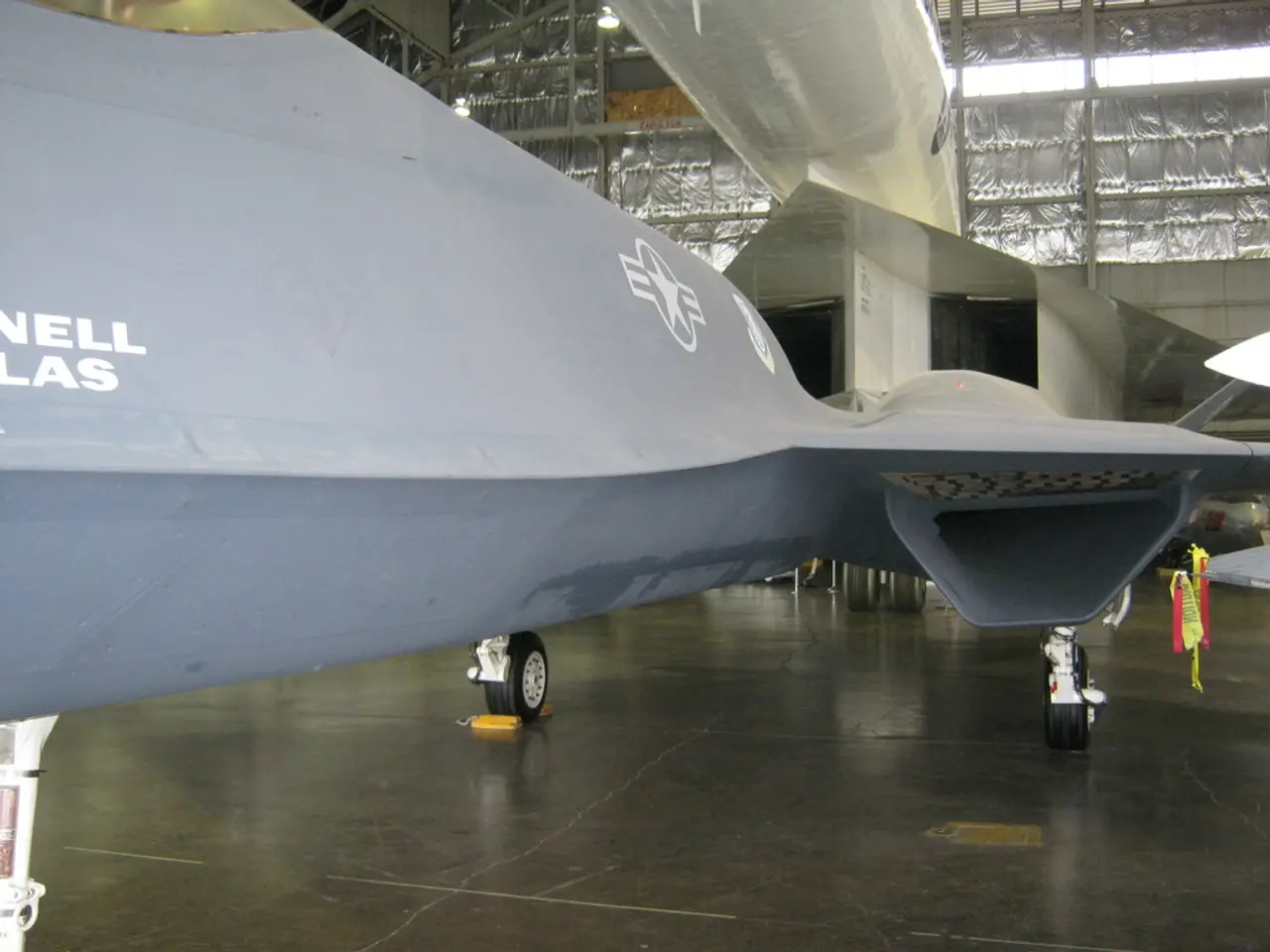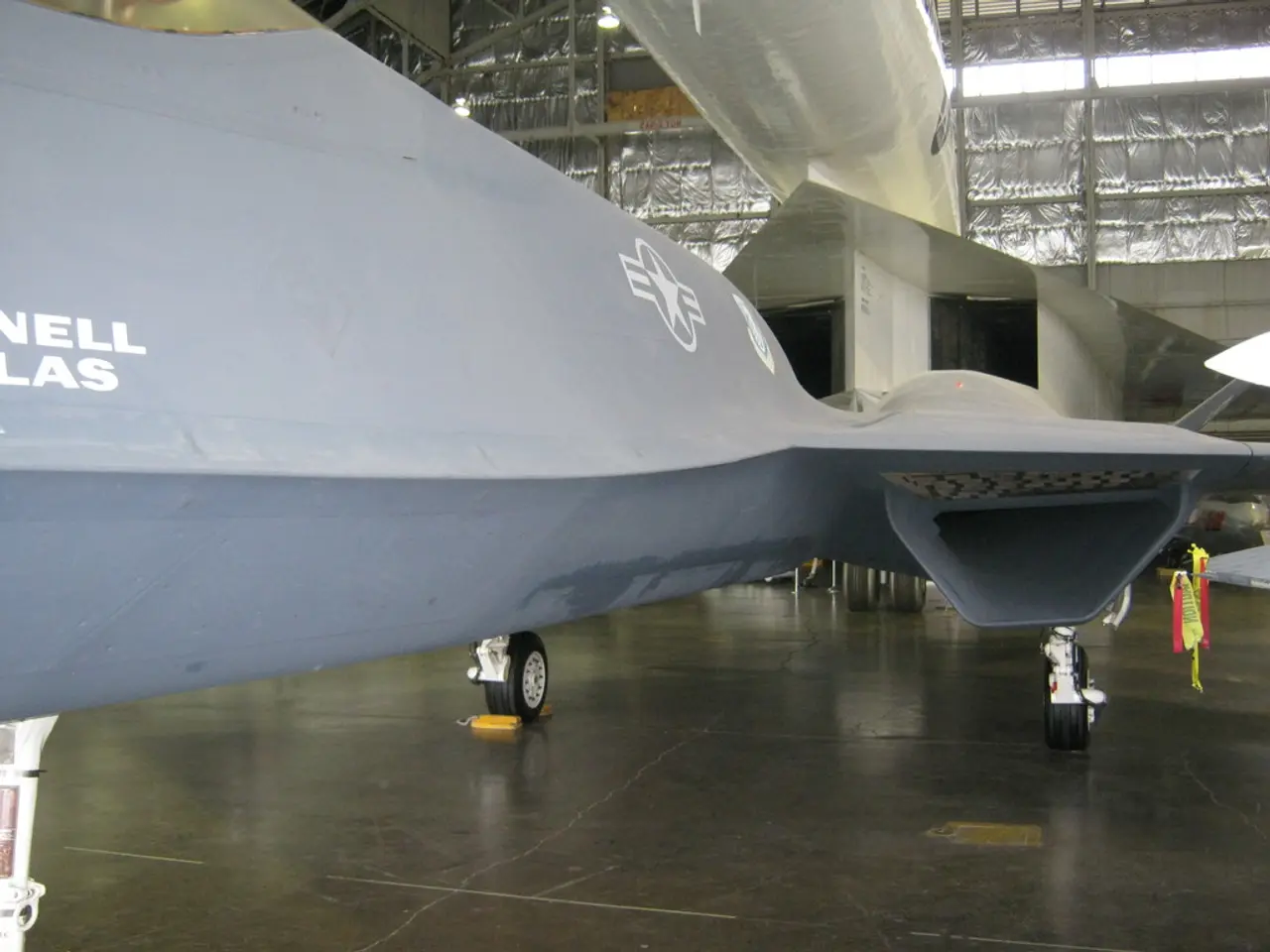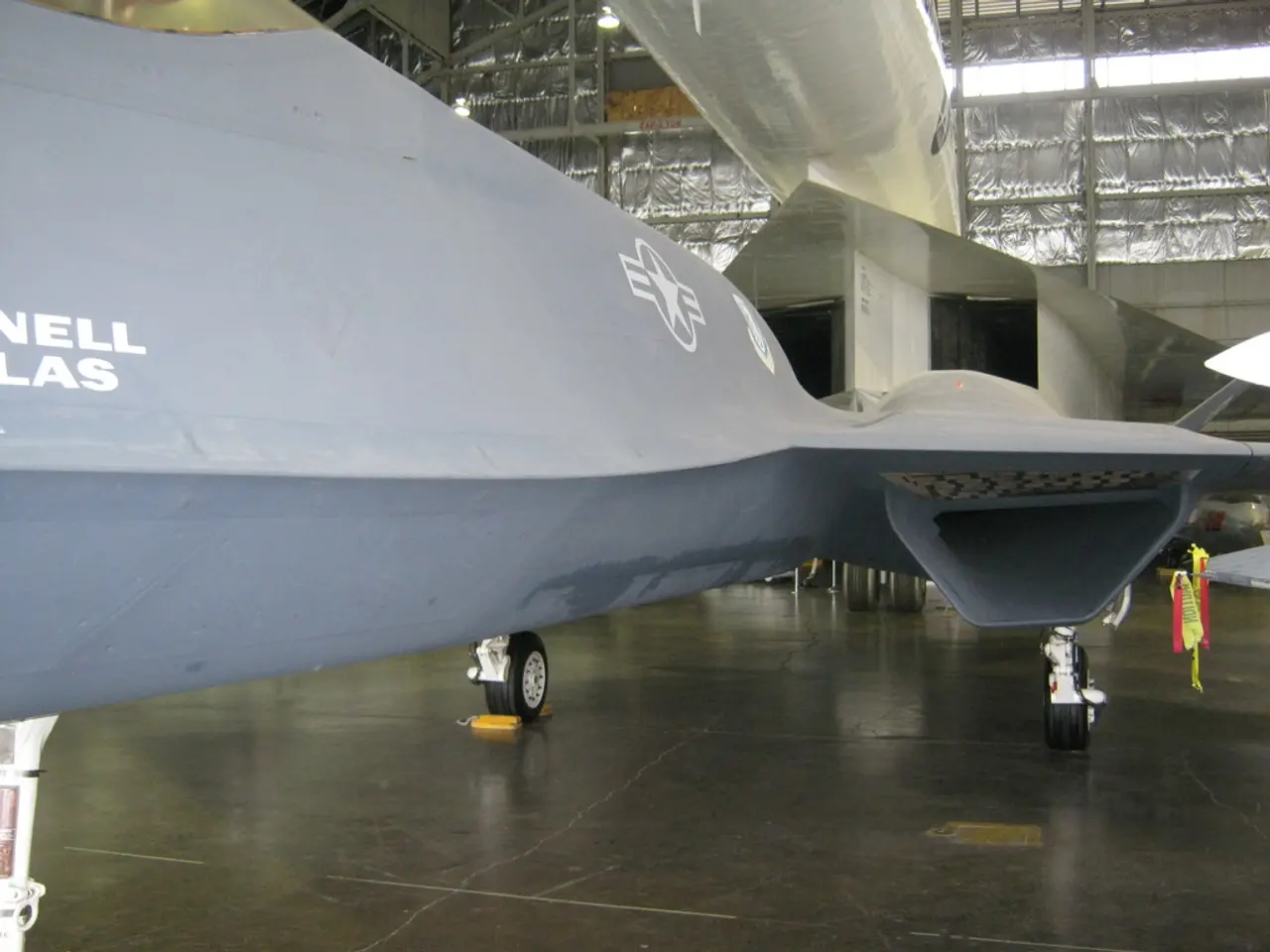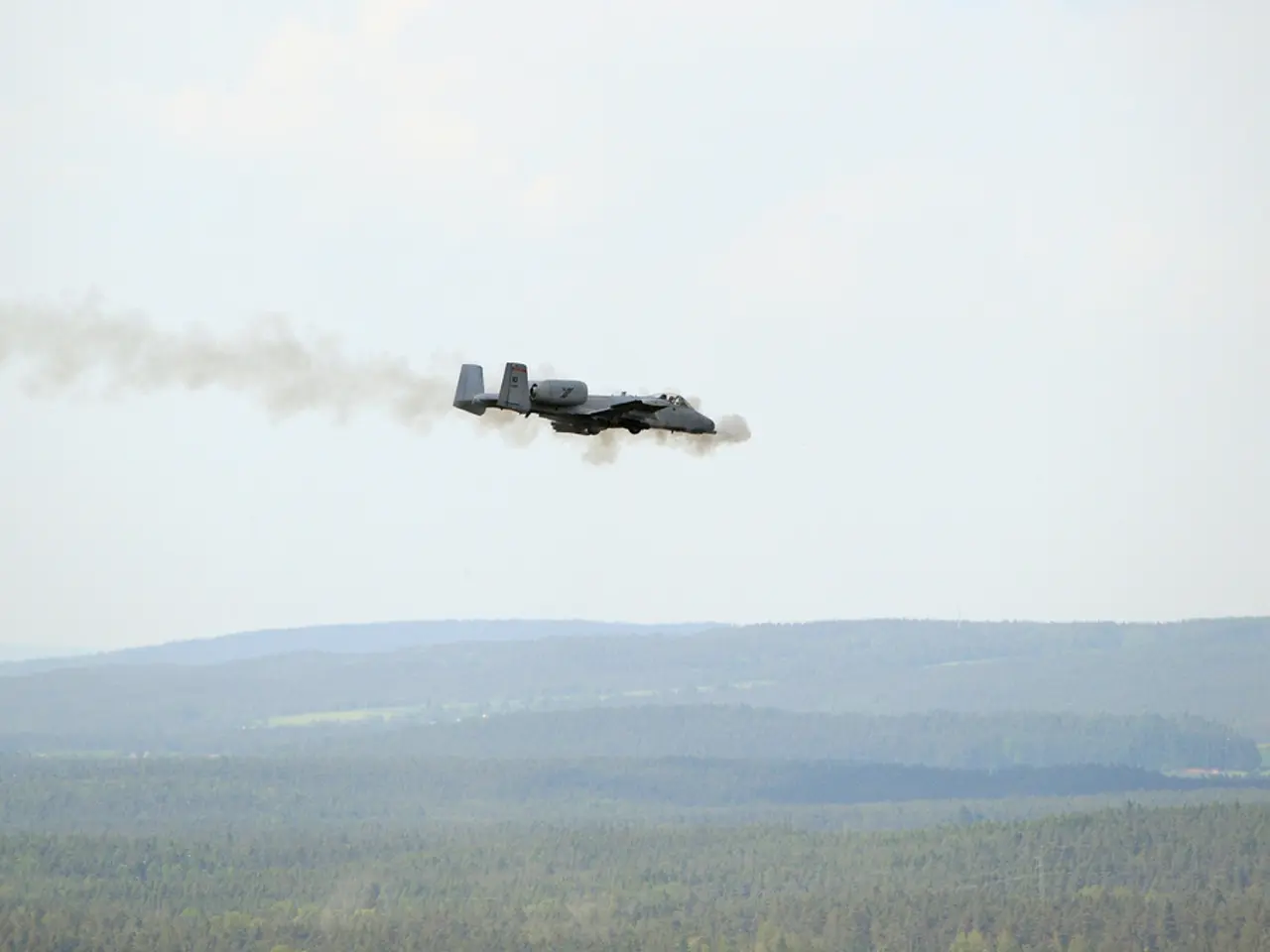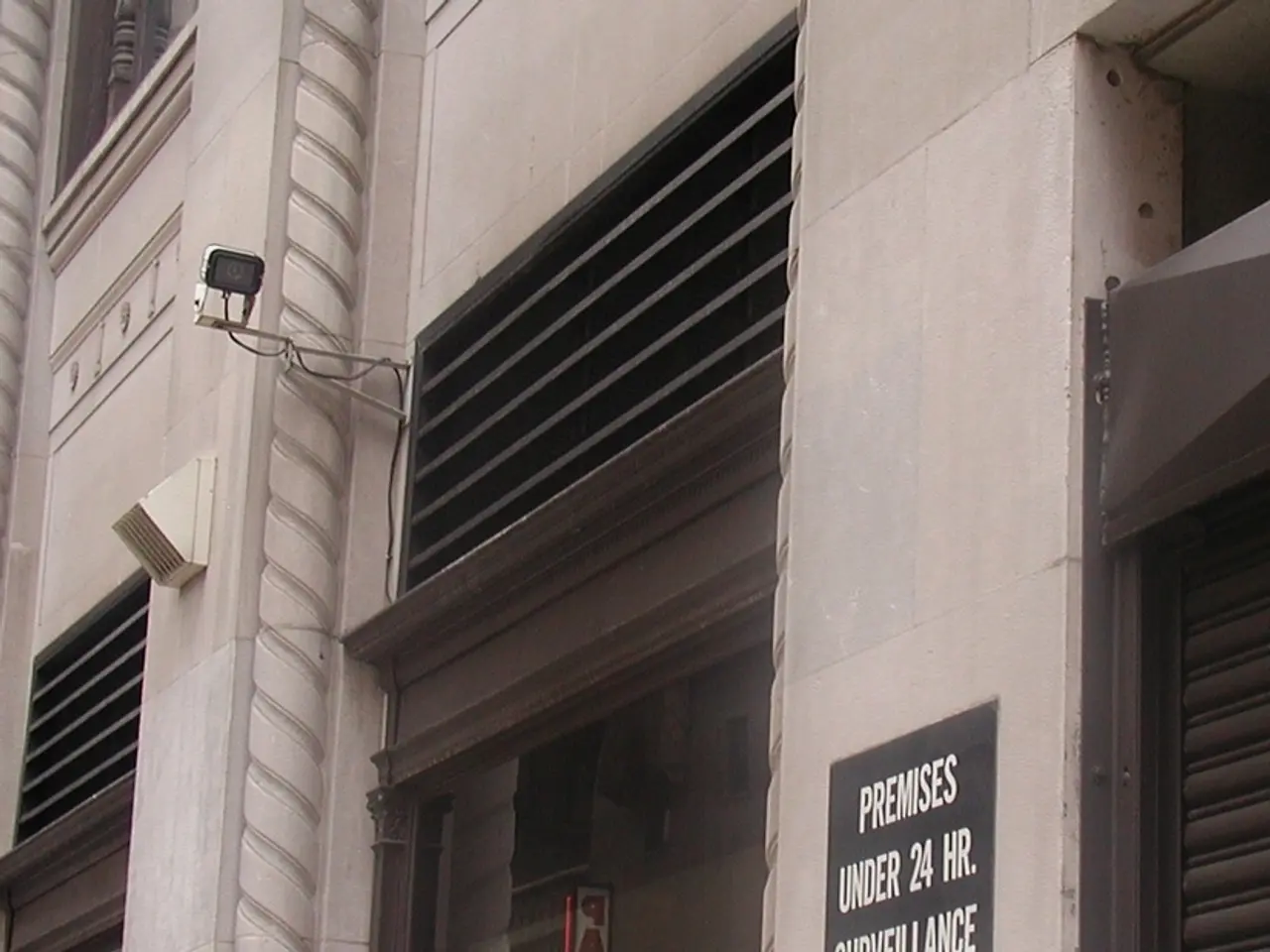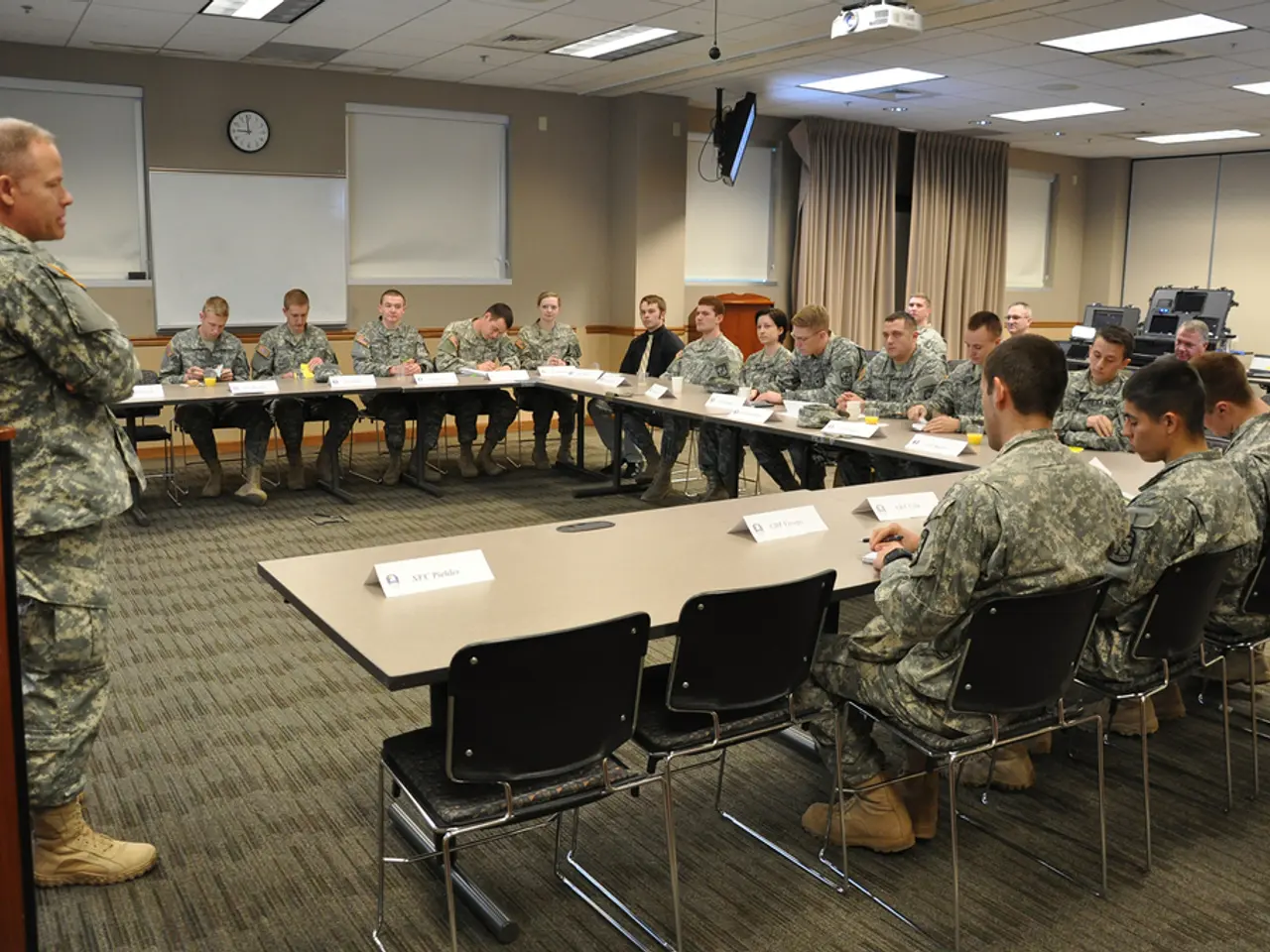Corruption or mismanagement begins at the highest level in the aviation industry
In a tragic turn of events, Air India Flight AI-171, a Boeing 787-8 Dreamliner, crashed on 12 June 2025 in Ahmedabad, resulting in the loss of 241 lives on board and two dozen on the ground. This was the world's first fatal Dreamliner accident.
The incident has raised concerns about India's aviation safety, as the country's Effective-Implementation score jumped to 85.65 percent in the Nov 2022 Universal Safety Oversight Audit, placing it among the global top-50. However, incidents like the AI-171 crash have cast doubts about "paper compliance" in the aviation sector.
To address these concerns, systemic reforms are being proposed to strengthen India's aviation safety architecture. The key reforms include:
- Creation of an Independent Aviation Safety Board: The government is actively considering the establishment of an independent and autonomous Aviation Safety Board, modeled after the U.S. National Transportation Safety Board (NTSB). This board would have a clear mandate to investigate aviation accidents and monitor safety compliance across the industry.
- Professionalization of Regulatory Bodies: There is a call to appoint trained aviation professionals, rather than career bureaucrats, to lead regulatory agencies such as the Directorate General of Civil Aviation (DGCA) and Airports Authority of India (AAI).
- Independent and Transparent Accident Investigations: Investigations should be conducted transparently, without interference, to ensure accountability and address systemic infrastructure and regulatory failures.
- Strict Enforcement of International Standards: Enforcement of International Civil Aviation Organization (ICAO) safety guidelines must be strengthened, including addressing lapses in regulatory enforcement and airport surroundings management.
- Legal and Institutional Reforms: The new Bhartiya Vayuyan Vidheyak, 2024, replacing the outdated Aircraft Act of 1934, is expected to address inconsistencies in laws governing aircraft design, manufacture, maintenance, and civil aviation regulation.
- Culture Change and Pilot Support: Experts emphasize moving away from a punitive environment towards one fostering trust, integrity, and freedom to report errors without fear of unduly harsh consequences.
- Increased Transparency and Proactive Auditing: The DGCA has been criticized for a reactive, fragmented approach. Reforms should ensure proactive, risk-based surveillance and public disclosure to hold operators accountable and drive systemic safety improvements.
These reforms aim to prevent future tragedies caused by systemic lapses and create a robust aviation safety architecture in India. However, it is crucial to remember that every decade since the Indian Airlines IC-605 crash in 1990, a mass-fatality crash has occurred, yet recommended reforms seldom crystallize into binding rules.
The crash investigation is being led by AAIB-India, with NTSB (US) and AAIB (UK) on-site, ensuring independent read-out. However, follow-up enforcement lies with Indian regulators. It is hoped that these reforms will lead to a significant improvement in India's aviation safety record.
[1] Source [2] Source [3] Source [4] Source
- The tragic aviation accident of Air India Flight AI-171 has highlighted the urgent need for improved environmental sustainability in the industry, as concerns about the general-news and the financial implications of such disasters grow.
- As the world's first fatal Dreamliner accident, the impact on India's transportation sector is profound, emphasizing the importance of strengthening safety regulations and promoting innovative technology to prevent future mishaps.
- Despite India's placement among the global top-50 in aviation safety, the possibility of accidents can have detrimental effects on the broader environment, escalating the need for comprehensive safety measures and a culture shift in the aviation industry.
- Enforcing strict compliance with international standards is an essential step taken in response to the AI-171 crash, affecting not only the aviation sector's finance and reputation but also the environment as accidents could potentially lead to pollution and adverse overall consequences.
